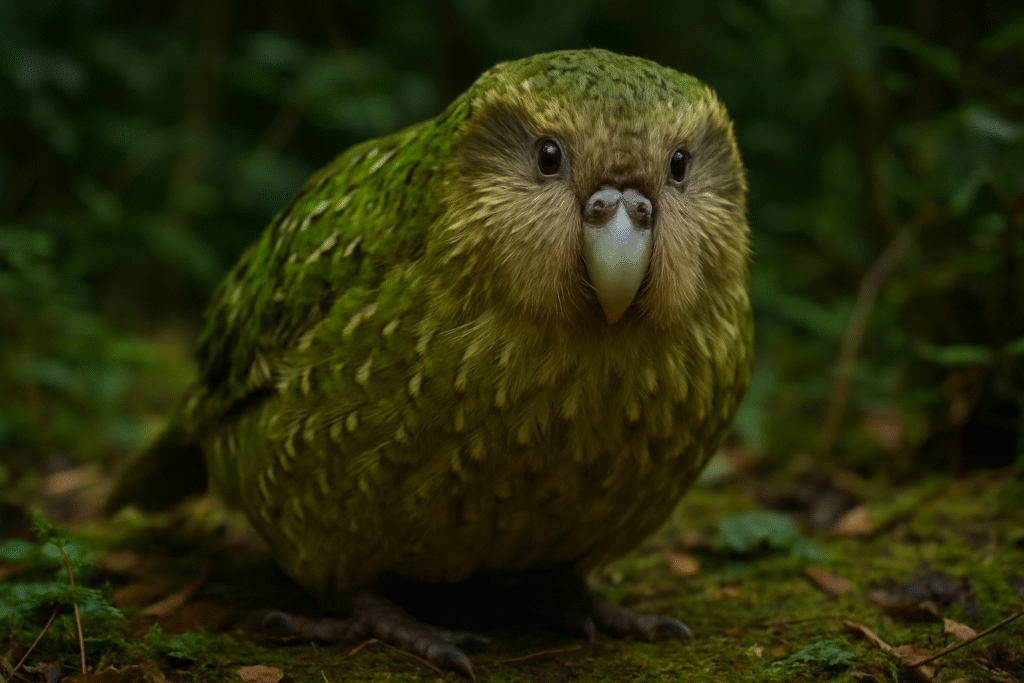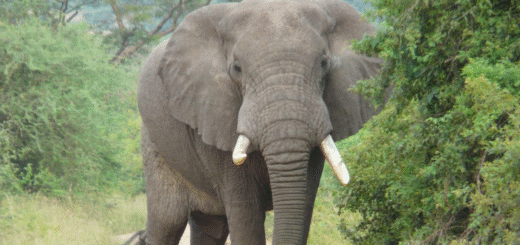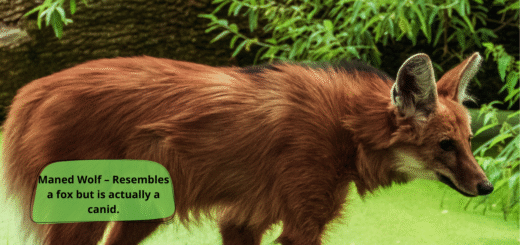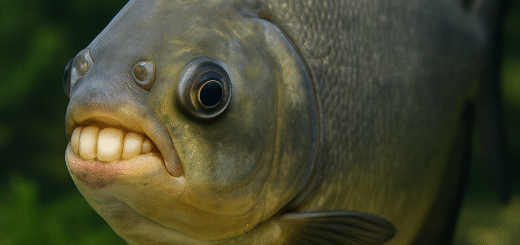Kakapo: The World’s Most Unique and Lovable Parrot
The kakapo (Strigops habroptilus), often called the owl parrot, is one of the most fascinating and rare birds on Earth. Native to New Zealand, this nocturnal, flightless parrot captures hearts not only because of its quirky looks but also because of its touching story of survival. As one of the world’s most endangered species, the kakapo represents both the fragility and resilience of nature.
What Makes the Kakapo Unique?

The kakapo is unlike any other parrot in the world. Here’s why:
- Flightless: Unlike most parrots, the kakapo cannot fly. Instead, it has strong legs and is an excellent climber, often using its beak and claws to navigate trees.
- Nocturnal: Kakapos are active at night, relying on their excellent sense of smell—a rare trait in birds—to find food.
- Large and Heavy: Weighing up to 9 pounds (4 kg), the kakapo is the world’s heaviest parrot.
- Longevity: Kakapos can live for up to 90 years, making them one of the longest-living bird species.
Appearance: Fluffy and Charming
Kakapos have a soft, moss-green plumage flecked with black and yellow, helping them blend into New Zealand’s forest floor. Their owl-like faces, round bodies, and waddling walk make them incredibly endearing. With expressive brown eyes and a curved beak, kakapos look almost like stuffed toys brought to life.
The Kakapo’s Gentle Personality
Kakapos are known for their friendly and curious nature. They often approach humans without fear, a trait that sadly made them easy targets for predators introduced by humans, such as cats and stoats. Their booming mating calls—low, resonant sounds that travel for miles—are part of their unique charm and vital to their reproduction cycle.
Conservation: A Race Against Time
At one point, the kakapo population dropped to fewer than 50 individuals. Thanks to intense conservation efforts, especially through the Kakapo Recovery Program, their numbers have slowly climbed. As of 2025, there are around 250 kakapos alive, all carefully monitored and protected.
Conservationists use innovative techniques like genetic analysis, artificial insemination, and predator-free island sanctuaries to give the kakapo a fighting chance. Every chick is a triumph, and each breeding season is watched with hope.
Why the Kakapo Matters
The kakapo is more than just a quirky bird; it’s a symbol of biodiversity conservation. Saving the kakapo helps protect New Zealand’s unique ecosystems and raises awareness about the importance of preserving endangered species around the world.
Final Thoughts
The kakapo’s story is one of hope, resilience, and the magic of nature. With continued support and awareness, this extraordinary bird can continue to waddle, climb, and charm its way into future generations. If you love unique animals, the kakapo is one you’ll never forget.








